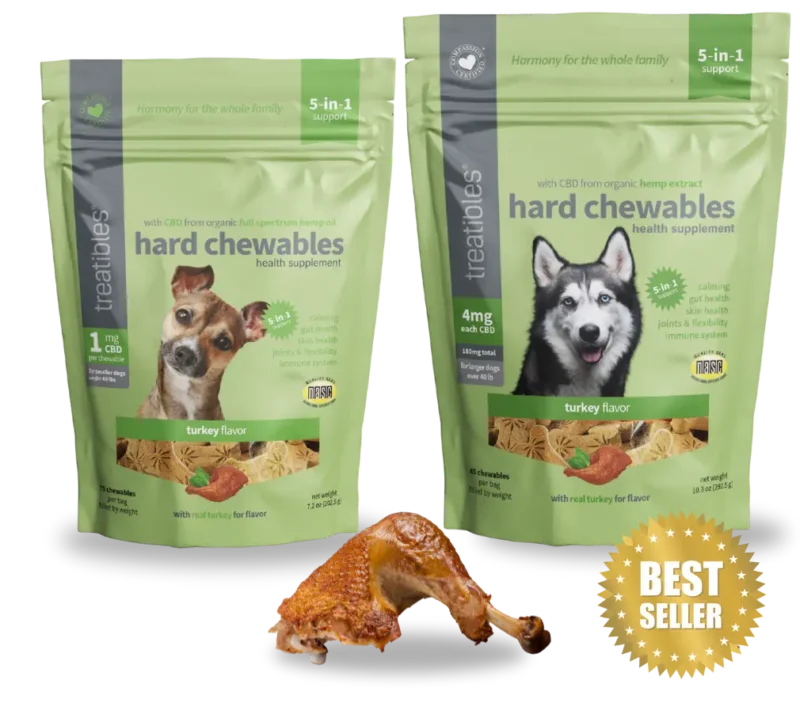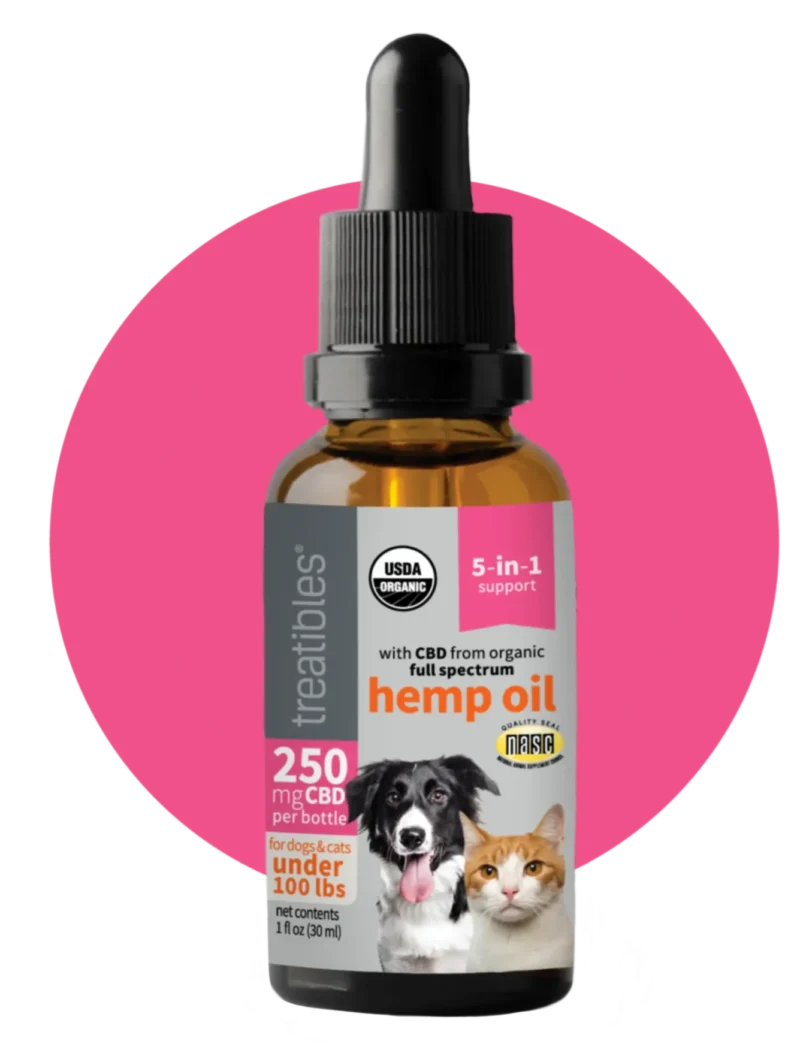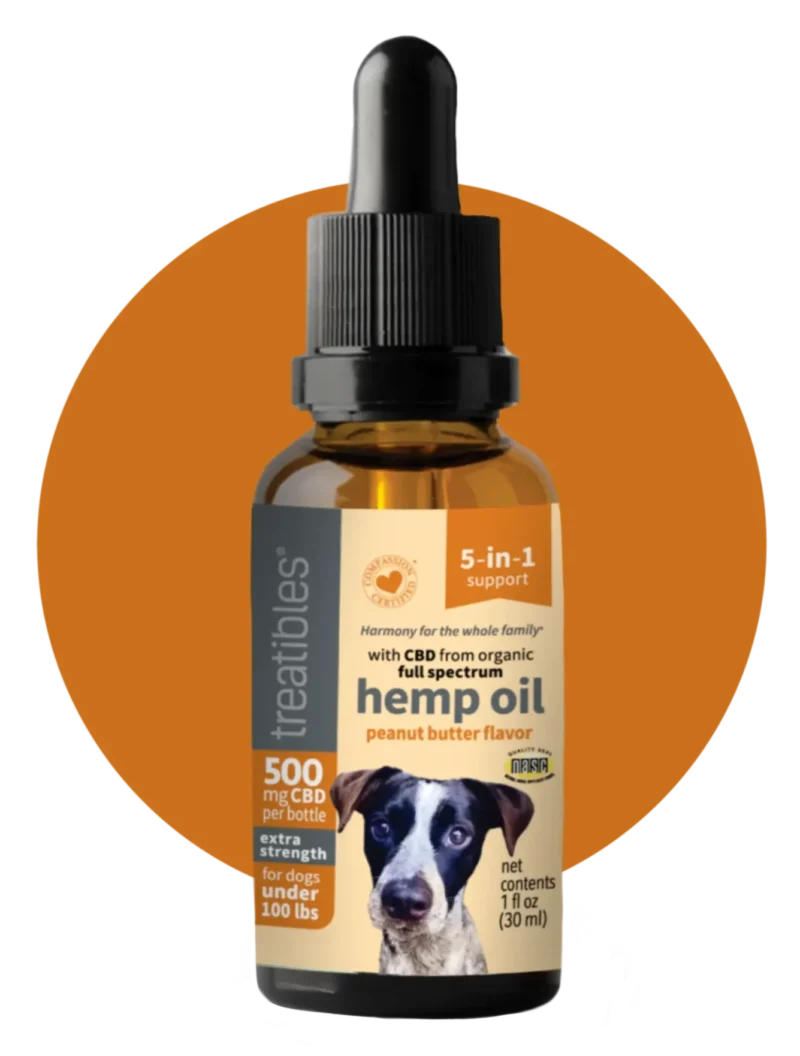Reading the ingredients list on the back of ready-to-eat food packing may be new to you. If it says it contains chicken, we buy it without a thought. As a consumer, we put a lot of trust and faith into the brands that claim to keep our well-being in mind when they sell food for us to buy at the grocery store. We also believe that the stores that shelve these food items feel the same way. Maybe long ago, this was the case, before the scientific revolution where the discovery of increasing the shelf life of food with preservatives seemed like an ingenious idea.
You have put your faith in what you have been told even if you do not understand the long list of ingredients of a packaged simple shortbread cookie mix that your grandmother used to make with just five simple ingredients. Whatever is in this new invention must be great because it has a longer shelf life. Who does not love this? You also like knowing that you can save money when you purchase a large value bag of dog food. It is a trusted branded after all, so they say, so you happily fill your cart with everything this brand offers. Both you and your pet are thankful that you are fortunate to consume quality-made food.
Fast forward to the 21st century, where food sensitivities and allergies are rising. Who knew that your gut health could be impacted by that one ingredient you cannot pronounce? The questions, what’s in it or what is this? May cross your mind when you purchase food at your local market. The same thought process applies to pet food. Although it is an arduous task, making your own dog food is not a bad idea. We understand that going to the butcher or buying fresh-cut meat is expensive and may not be ideal either. But you know that what your pet eats impacts their overall well-being. So before you run to the store and pick up the first brand marketed as “healthy” or “natural” you need to first look at the ingredients.
Here are a few tips to keep in mind when buying dog food:
- Read the ingredients: Just because it says it is good does not mean it is. Always read the ingredients label at the back. Look for brands that make products with limited ingredients, a small ingredients list. Also, keep in mind that the label lists ingredients from top to bottom based on the percentage of that ingredient within it. Therefore chicken listed below ten other ingredients is not a good sign; definitely skip it.
- Too many preservatives: Dogs and cats are simple eaters — simple is best. Did you know that there are several words for soy on food labels? Vitamin E, Hydrolyzed Protein, and Lecithin are alternative words used for soy. Soy is a known allergen that may cause digestive conditions, allergies, and various other disruptive health issues for your pet.
- Here are a few ingredients to avoid: Grains (Gluten Meal/Wheat Gluten), Soy, Ethoxyquin, Meat & Bone Meal, Corn (this includes all derivatives), Coloring, Rendered Fat, BHA, and BHT.
Do not be fooled by products marketed as “natural”. Pet food products with a “USDA Organic” label must undergo rigorous evaluation before they get approval. An organic pet food product must meet the 95% organic ingredient marker in order to get a certified organic seal.


